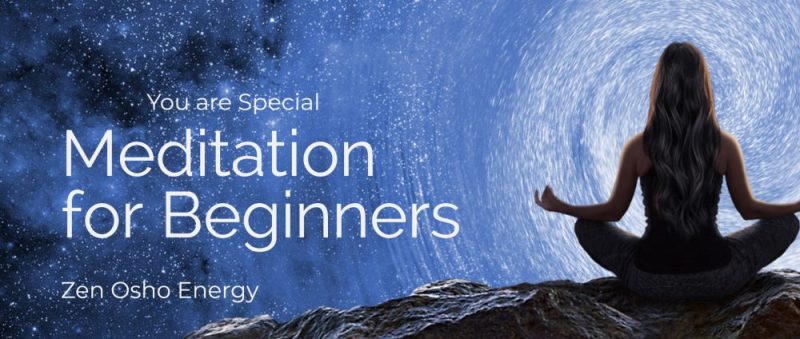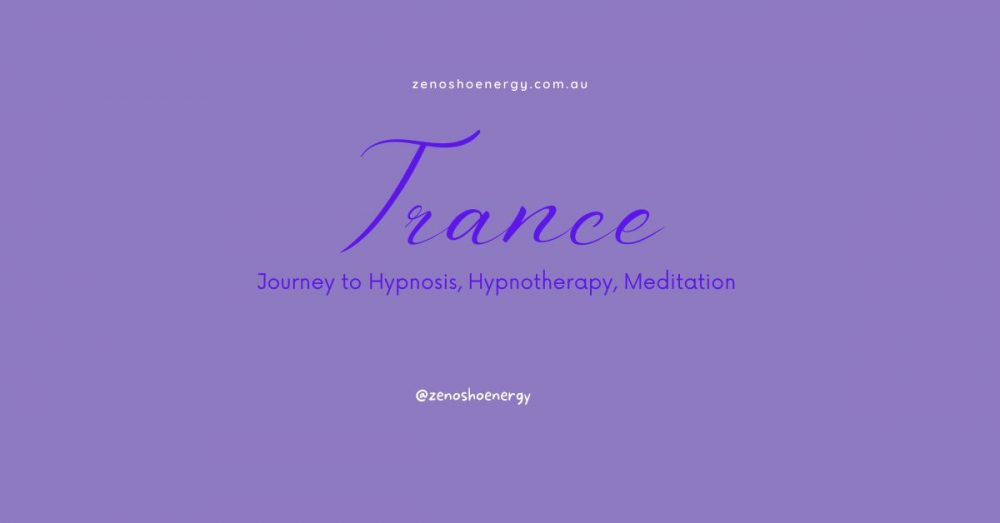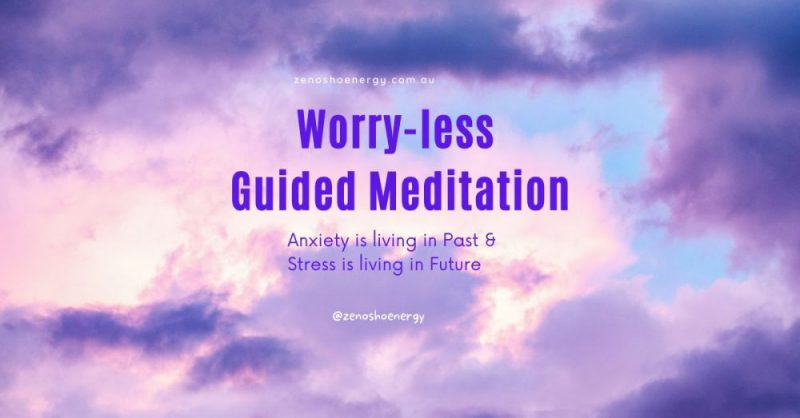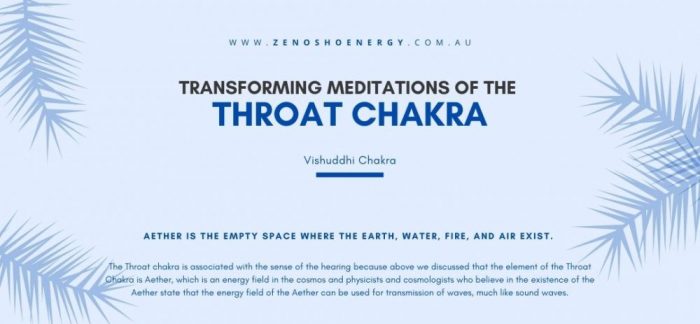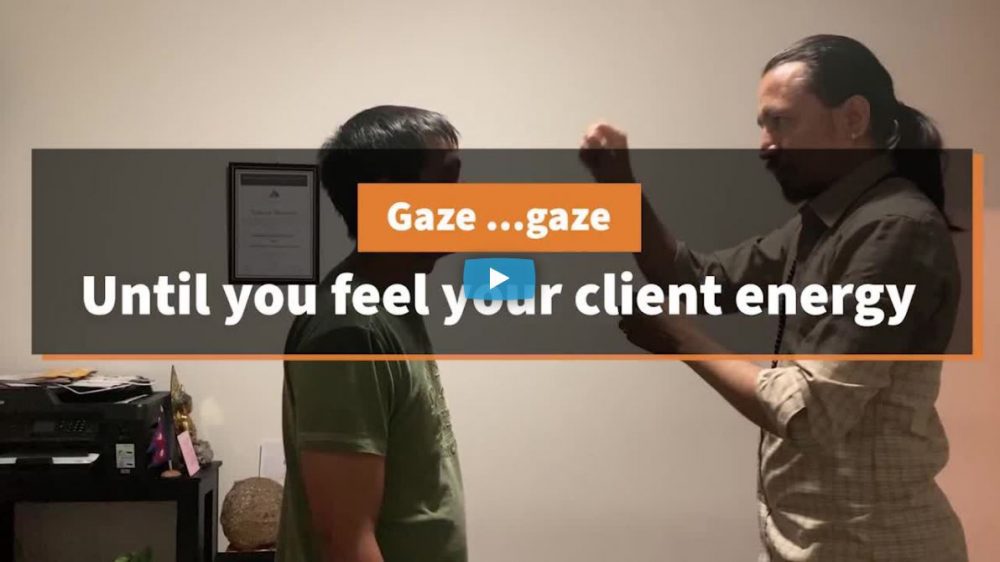Meditation for Beginners (4 Steps to Practice Meditation for Beginners)
Thank you for reading this post.
Before moving forward with this article. Read “What is Meditation?“
Zen Osho Energy also provides Hypnotherapy sessions for stress relief, Anxiety Relief, sleep disorders and other Mental Health Issues.
Click here to learn more about Hypnotherapy and Past Life Regression Hypnotherapy
And Learn More from the courses below:
1. Learn Mesmerism and Magnetism
2. Master’s of Breathing for Mental health
3. Creating Online Course using Canva
4 Steps to Practice Meditation for Beginners
Meditation is a very simple phenomenon. Since it is so simple, our mind which has been conditioned to be complex by the education system, we perceive it as difficult. It is as simple as breathing. Once we understand its simplicity, the illusion that meditation is difficult vanishes. Let’s break the process of meditation in 4 steps to Practice Meditation for Beginners.
Step 1. Organizing the outer space
Step 2. Getting close to the Nature
Step 3. From the Nature to the Physical Body
Step 4. From the Physical Body to the Inner Body
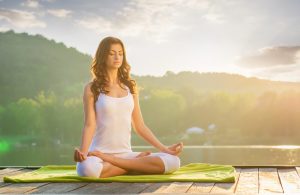
Step 1. Organizing the outer space
An Unmanaged lifestyle, unscheduled daily activities, unplanned goals, etc result in an unstable mind and impulsive thoughts. Our first goal is to organize our everyday activities and create an outer space before creating the inner space. How do we do this? We will talk about this in detail later in this article.
Step 2. Getting close to Nature
When we are close to nature, we automatically enter a meditative state. Eventually, at the depth of the meditative state, we become one with Nature. Our second goal is to reconnect with the Mother Nature and create a balance between the hi-tech lifestyle and organic lifestyle. How do we do this? We will talk about this in detail later in this article.
Step 3. From the Nature to the Physical Body
Once we are grounded with Nature, the sounds of Nature slowly stop the noise of the mind. When a gradual silence in the mind is created, we start listening to the organic needs of our physical body. Our third goal is to decrease the noise in the mind so that we can listen to the requests and messages of our physical body. How do we do this? We will talk about this in detail later in this article.
Step 4. From the Physical Body to Subtle Body the Body
When we become comfortable and familiar with our bodies, then it becomes easier for us to penetrate the outer layer of our being and enter inside the inner body. The calmness in the body will eventually relax the mind. This feeling is the beginning of the inner journey, a journey toward subtle bodies inside of us. How do we do go penetrate the physical body and enter even deeper? We will talk about this in detail later in this article.
Let’s discuss each step in a little detail now.
Step 1. Organizing the outer space: Meditation for Beginners
Arrange a special area only for meditation. A spare room at your home can be used but if do not have any spare room, you can use a corner of your sitting room or your bedroom.
Here is what Osho says about creating your meditation room.
“If you can create a special place—a small temple or a corner in the home where you can meditate every day—then don’t use that corner for any other purpose, because every purpose has its own vibration. Use that corner only for meditation and nothing else. Then the corner will become charged and it will wait for you every day. The corner will be helpful to you, the milieu will create a particular vibration, a particular atmosphere in which you can go deeper and deeper more easily. That’s the reason why temples, churches and mosques were created—just to have a place that existed only for prayer and meditation.”Osho
In the above quote, Osho instructs not to use the meditation room for any other purpose but, if you do not have an extra room, then begin from what you have and slowly, later you can manage a separate room that will be a sacred space for your to become intimate with yourself.
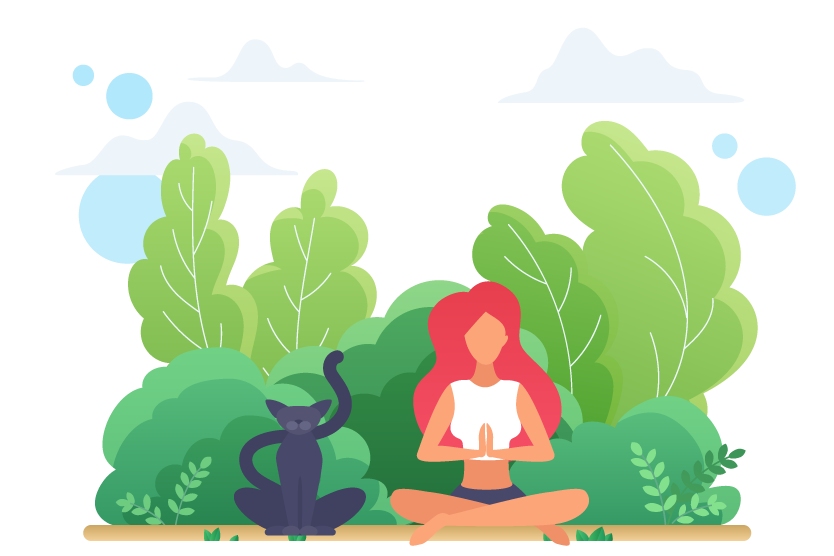
As a beginner, you might want to give your meditation space an inspiring look. To do so, you might consider the following;
- Low table ( or any regular table )
- Candles
- Indoor plants and flowers
- Incense ( Organic / Herbal is recommended)
- Music Player (to listen to music, guided meditation tracks, audiobooks, discourses, etc. )
- Optionally, you may keep the following things;
- Pictures of parents/grandparents
- Pictures/status of enlightened masters
- Spiritual Books
Further Origination of the Outer Space
Only arranging space is not enough, arranging time is also important. How to arrange a time? Let’s talk about it. If your daily works are unscheduled; you will never get enough time to meditate in your meditation space. So, let’s learn how to make a schedule.
- Make List
First of all, make a list of all the work that you do in a day and include meditation.
Once the list is made, give it a structure.
- Structure your day
Divide your work into Morning tasks, Afternoon tasks, Evening tasks, and Night tasks and assign time and duration for each task.
- Assign time and duration
To fit your tasks in the structure, get specific about when and how much time a task take. You will probably be surprised to find out the extra time you have for additional work, an extra hour of sleep, or extra minutes for meditation.
For example
- 6 a.m.: Wake up and shower
- 6:30 a.m.: Meditation
- 7 a.m.: Cook
- 8:30 .: Eat
- 10:00 : Reach office
…and so on.
- Flexible schedule
Make sure that your schedule is flexible because sometimes friends might come over at your place or you might need to go for an unplanned trip. So, if you cannot meditate at your scheduled time in your space, you can meditate at any other time at any available place.
- Relaxed Posture
You want to begin a meditation practice, but you do not know any yoga posture. No problem!
As a beginner, you do not need to learn any specific yoga postures. You simply need to be relaxed and keep your back straight. Meditation can be done by lying down as well but it is not recommended for beginners because there is a chance of falling asleep.
Go Slow but Consistently
To begin with, start with 10 minutes of meditation. Meditation is like building up muscles which means that the duration and intensity of meditation will increase over a period of time by slow and regular practice. Intensive meditation can be discouraging for beginners. Additionally, drop any expectations that you have from your meditation. You are your honest and sincere in your mediation practice, you will be positive changes in your life.
Meditation Journal/ Diary
Keeping a meditation journal/diary can be a treasure for meditation practitioners.
Before beginning meditation, write down your physical state, emotional state, and spiritual state. As you continue your meditation, keep writing the changes that you experience.
At some point in time, when you for some reason if you happen you discontinue your meditation, going through your Meditation Journal/ Diary can inspire you to begin again
2. Getting close to Nature: Meditation for Beginners
Physical and Psychological illnesses develop only when we become distant from the Nature. To be present in the Nature, restores the balance in mind and body and induces a meditative state. Since modern life have become so materialistic and surrounded by concrete forest, we have lost connection with the healing energy of the Nature. How can we get close to the Nature and welcome the wave of meditativeness? Let’s talk about it.
- Go to a nearby garden or a park
Go to a garden or a park at least once in a week, if possible every day for 10 minutes at least. As a beginner of meditation, here is a simple technique that can bring you to the present moment and make you feel more grounded. Take a notebook and write down everything that you see, hear, or feel. This practice will make you more engaged with the elements of the Nature and a gradual connection with the Nature and inner self can be established.

- Observe here and now
Slowly make your notes more detailed. Take note of the temperature and the direction of the wind, the different shades of colors of the sky, different forms of the clouds. Make sure not to do the note-taking in rush; observe, take a deep breath, relax, and write.
- Disconnect with the electronics
At least once in a week, for a few hours, switch off your mobile phone. Mobile phones emit low radio frequencies which might disturb your connection with the higher frequencies of the Nature. The frequency of 4 G is between 5-20 MHz. By contact, the frequency of a tree is between 20 to300 kHz. A meditative state is naturally created in the presence of higher frequency.
- Gardening
Gardening is the best way to get in touch with Nature and is a great way to practice meditation. When you forget about the rest of the world and divert all your energy into digging Earth, planting flowers, herbs, or vegetables, or watering, you establish a relationship with Nature. As a matter of fact, gardening is considered one of the important meditation techniques in Zen Buddhism.
- Hug a tree
Meditation can be as simple as hugging a tree. Imagine a tree as a friend and hug the tree for 45 seconds to 5 minutes. This way our body absorbs the high frequencies inside and additionally, as a result of hugging, the body also releases the oxytocin hormone which makes us calm and helps us become more meditative.
Step 3. From the Nature to the Physical Body: Meditation for Beginners
Once we get close to the Nature, your body starts balancing and we start getting the 1st glimpse of meditation. This is an opportunity for a celebration and what else can be a better way to celebrate than to dance. This brings us to the core of Step 3; Dance. Before we work on the invisible and intangible mind, we need to work on the visible and tangible body. We can reach the mind only if we can penetrate the body and dance can be a powerful technique to penetrate the body.
Here is a quote by Osho on dance.
“Forget the dancer, the center of the ego; become the dance. That is the meditation. Dance so deeply that you forget completely “you” are dancing and begin to feel that you are the dance. The division must disappear; then it becomes a meditation. If the division is there, then it is an exercise: good, healthy, but it cannot be said to be spiritual. It is just a simple dance. Dance is good in itself – as far as it goes, it is good. After it, you will feel fresh, young. But it is not meditation yet.” –Osho
How to dance? No technique is needed, simply follow the steps below
- Play a dance music (without words is recommended) at least 10 minutes long.
- Switch of the lights.
- Close your eyes.
- Let the music move your body.
- Do not worry about the steps.
- Be wild and free.
- Simple flow with the beat and the rhythm of the body.
- You may breathe in and out deeply.
- Continue dancing non stop till the end of the music.
- When the music is over, stand or sit and feel the vibrations in your body.
- If you are sweating, feel the sweat running down your body.
- Feel how your body cools down slowly,
- Observe how breath changes from fast to normal.
- Observe how your belly moves as your breath.
After 5 minutes, slowly open your eyes and thank the existence of the blessed experience.
Once you are done, observe and feel the difference. You may also write about your 1st experience in your meditation journal/ diary, we talked about earlier.
Step 4. From the Physical Body to Subtle Body (the Inner Body): Meditation for Beginners
Once we understand our body and release stress and tension from our muscles, we naturally get into a neutral mode of our being. We reach the doorstep of the deeper meditative state. What else can we do at the physical level to enter into the inner body and experience subtle sensations and thoughts? Let’s discuss this.
Breathing Exercise is one of the easiest ways to enter within ourselves.
Please remember, we cannot do meditation, we can only do certain activities to invite or invoke a meditative state. Meditation happens on its own when both the body and mind are prepared enough. We can only work to facilitate the spontaneous happening of meditation.
Let’s learn two breathing exercises techniques to establish a firm ground for meditation.
a. Belly breathing
- Sit or lie down in a comfortable position.
- Place one right hand over your belly and right below your ribs and the left hand on your chest.
- Inhale in air through your nose, and as you inhale feel how your belly pushes your right hand out. Make sure that your chest does not move.
- Exhale out air through your mouth, and as you exhale feel how your right hand on your belly go in.
Repeat this process 5 to 10 times. Make sure that you do not rush. Enjoy each breath in and out.
Once you are done, observe and feel the difference. You may also write about your 1st experience in your meditation journal/ diary, we talked about earlier.
b. 4-7-8 Breathing
Once you become comfortable with belly breathing, you may want to experiment with an advanced breathing exercise. At this stage, the 4-7-8 Breathing Technique can be appropriate.
Just like in the Belly Breathing Exercise, in the 4-7-8 Breathing Exercise also, you may sit or lie down in a comfortable position and place one right hand over your belly, right below your ribs and the left hand on your chest.
- Inhale slowly and deeply, and as you inhale silently count from 1 to 4.
- When you reach 4, hold your breath, and silently count from 1 to 7.
- When you reach 7, breathe out completely, and as you breathe out silently count from 1 to 8.
- Breathe all the air out of your lungs.
- Repeat 4 to 8 times.
Make sure that you do not rush. Enjoy each breath in and out.
Once you are done, observe and feel the difference. You may also write about your 1st experience in your meditation journal/ diary, we talked about earlier.
Here is the video showing a similar example of Mediation:
Here is what Osho says about breathing.
“Buddha used breath as a vehicle to do two things simultaneously: one, to create consciousness, and another, to allow that consciousness to penetrate to the very cells of the body. He said, “Breathe consciously.”…Move with the breath. Let your attention be with the breath; flow with it. Do not forget even a single breath. Buddha is reported to have said that if you can be aware of your breath for even a single hour, you are already enlightened. But not a single breath should be missed.” –Osho
These are the four easy steps to begin meditation practice.
- Step 1. Organizing the outer space
- Step 2. Getting close to the Nature
- Step 3. From the Nature to the Physical Body
- Step 4. From the Physical Body to the Inner Body
Take slow and easy steps ahead. Do not rush. You are recommended to follow all the three steps in order and not skip any one of them. Meditation is like sowing a seed of a flower plant; the flower does not bloom overnight. You may take from 1 week to 4 weeks to reach step 4.
We pray and wish the best of luck to you for your inner journey.
Want more information? Click the links below:
What is Meditation? Benefits of Meditation Aura Chakra Tripple 4 Breathing Technique
Muladhara Chakra | Swadhisthan Chakra | Manipur Chakra | Anaahad Chakra | Visudhhi Chakra | Agyna Chakra | Shrahastra Chakra
Follow us on Twitter:
Subscribe to our YouTube Channel


